Along the small road in Buon Tri (Buon Don commune), there are a few Lao noodle shops, but the people here know and cherish the most is the kitchen of Mrs. Me Dam. She is now at a rare age, living quietly opposite the stilt house of the elephant king Khunjunop, which is over 100 years old. She rarely lights the stove, only when distinguished guests or those who are in tune with Lao cuisine earnestly request it, she cooks. Each time like that, she not only cooks a meal but also a way to soothe her homesickness, to let that taste live again in every piece of flesh, every drop of sweat.
More than 100 years ago, Lao people from Southern Laos migrated here, living and intermarrying with the indigenous peoples. Mother Dam is also a mixed-race child, carrying Lao blood from her mother and Ede blood from her father. Since childhood, her mother passed down to her the secret of making traditional Lao dishes. Therefore, the dish of Khau Pun Nam Ya noodles is not only a recipe but also a childhood memory, an invisible thread connecting her to her roots and her mother's love.
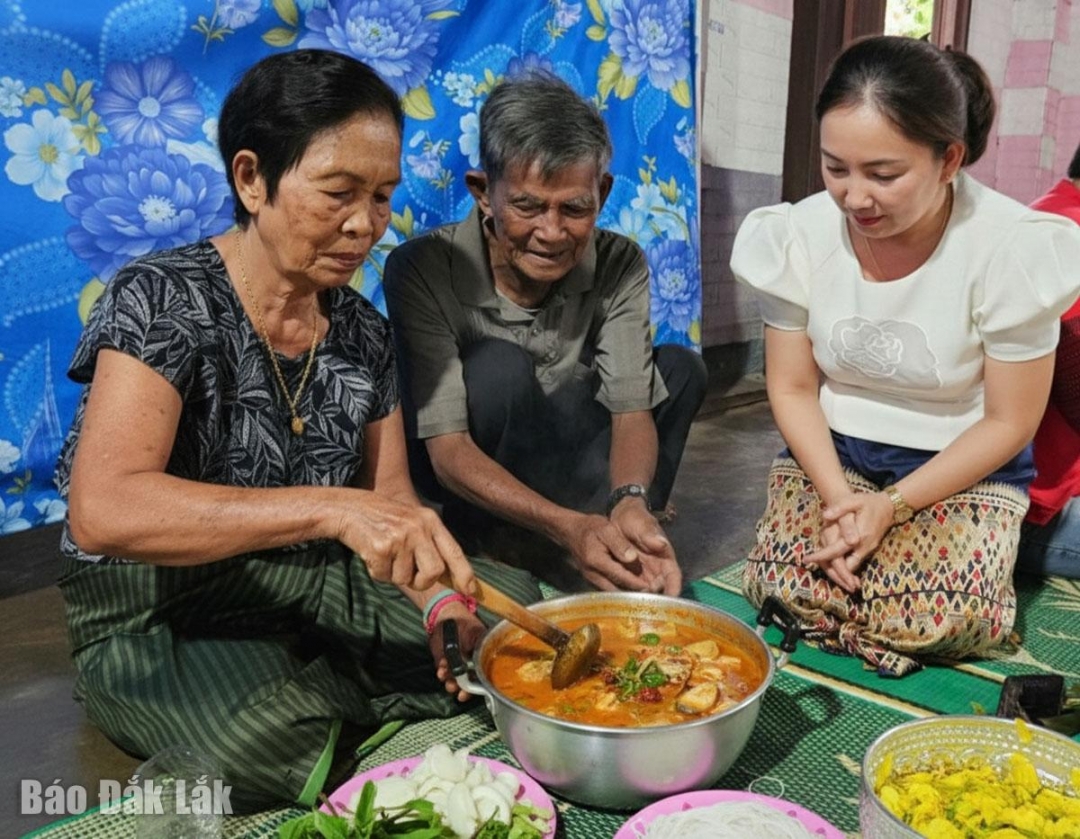 |
| Mrs. Me Dam's family and the typical Laotian dish of Khau Pun Nam Ya noodles. |
To create a perfect bowl of Khau Pun Nam Ya noodles, Mrs. Dam begins by preparing the freshest ingredients. Red tilapia or tilapia is boiled with lemongrass, galangal and especially krachai to wash away impurities and bring out the characteristic aroma right from the start. Each piece of fish meat is meticulously removed and then pounded to create a smooth, pure texture. The fish broth is retained to make the broth richer.
The soul of the noodle dish lies in the special sauce. The cook grinds a mixture of spices including dried chili, shallots, and garlic. To give the broth an attractive orange-red color without being too spicy, Mother Dam cleverly adds a little paprika or annatto powder. When the color is satisfactory, she puts the mixture into a pot of hot, concentrated coconut milk. The rich aroma of coconut milk blends with the scent of spices, awakening all the senses.
The minced fish meat was stir-fried with the curry sauce, soaking in the delicious flavor. She slowly added the thin coconut milk and fish broth to the pot, stirring well. The broth began to thicken, dense with the taste of the earth and memories. Finally, an indispensable ingredient was added: Nam Pa Daec fish sauce. The characteristic fermented flavor of this fish sauce is the key to making the noodle dish deep and authentic. Ba Me Dam also did not forget to add a few Thai kaffir lime leaves (bay Khi Hut) to create a delicate aroma, brightening up the entire bowl of noodles.
Unlike many places in Laos and the Northeast of Thailand, this noodle dish can be added with pig's blood, chicken feet or minced meatballs, but in Buon Don, the noodle dish retains the purity and originality of the fish. The delicious taste of Nam Pa Daec fish sauce is not only the spice but also the soul of the noodle dish. In particular, this noodle dish is served with fresh and cool raw vegetables; crispy shredded cabbage, fresh green lettuce leaves, or lettuce stalks, herbs... creating a perfect balance, helping the dish not to be greasy but more complete in flavor.
When enjoying Mrs. Me Dam's Khau Pun Nam Ya noodle dish, diners are not just eating a dish, but are sharing the nostalgia and pride of the cook. This noodle dish evokes in us the respect for handmade values, the original flavors unadulterated by commercialization. It is a story about culture, about the Lao people's determination to preserve their identity.
Source: https://baodaklak.vn/van-hoa-du-lich-van-hoc-nghe-thuat/202509/mon-bun-khau-pun-nam-yacua-nguoi-lao-buon-don-1a62199/



![[Photo] General Secretary To Lam attends the 8th Congress of the Central Public Security Party Committee](https://vphoto.vietnam.vn/thumb/1200x675/vietnam/resource/IMAGE/2025/10/4/79fadf490f674dc483794f2d955f6045)

![[Photo] Bustling Mid-Autumn Festival at the Museum of Ethnology](https://vphoto.vietnam.vn/thumb/1200x675/vietnam/resource/IMAGE/2025/10/4/da8d5927734d4ca58e3eced14bc435a3)
![[Photo] Solemn opening of the 8th Congress of the Central Public Security Party Committee, term 2025-2030](https://vphoto.vietnam.vn/thumb/1200x675/vietnam/resource/IMAGE/2025/10/4/f3b00fb779f44979809441a4dac5c7df)

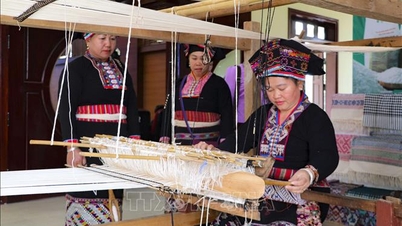






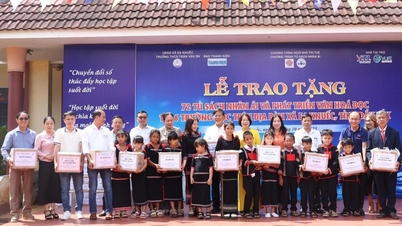
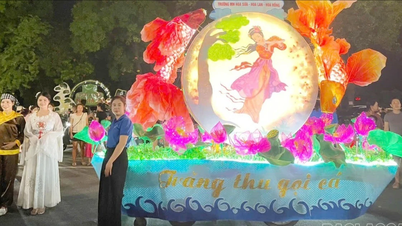


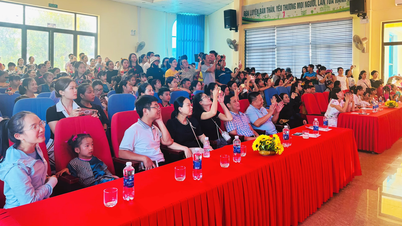







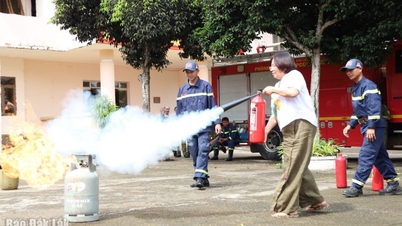
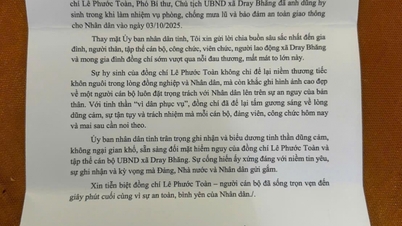





![[Infographic] Notable numbers after 3 months of "reorganizing the country"](https://vphoto.vietnam.vn/thumb/1200x675/vietnam/resource/IMAGE/2025/10/4/ce8bb72c722348e09e942d04f0dd9729)
























![[VIDEO] Summary of Petrovietnam's 50th Anniversary Ceremony](https://vphoto.vietnam.vn/thumb/402x226/vietnam/resource/IMAGE/2025/10/4/abe133bdb8114793a16d4fe3e5bd0f12)
![[VIDEO] GENERAL SECRETARY TO LAM AWARDS PETROVIETNAM 8 GOLDEN WORDS: "PIONEER - EXCELLENT - SUSTAINABLE - GLOBAL"](https://vphoto.vietnam.vn/thumb/402x226/vietnam/resource/IMAGE/2025/7/23/c2fdb48863e846cfa9fb8e6ea9cf44e7)

















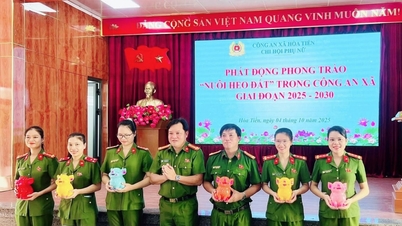

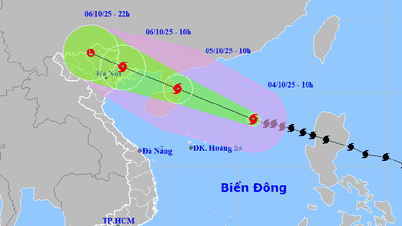

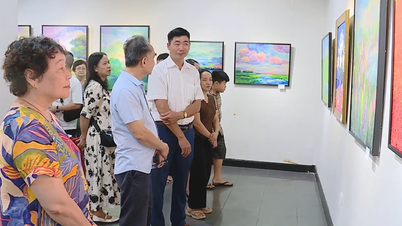



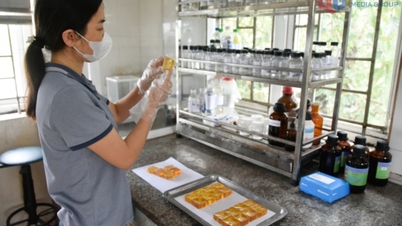





Comment (0)